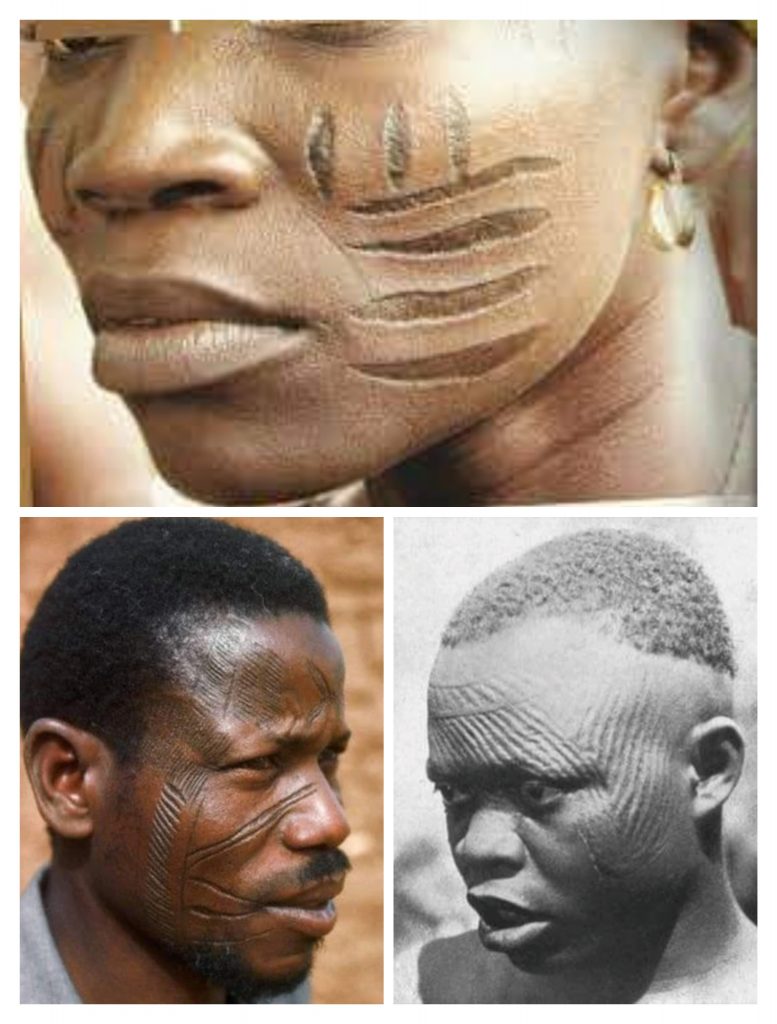Centuries-old tribal marks in Nigeria have captured the fascination of scholars, historians, and travelers alike. These intricate facial patterns, etched onto the skin, serve as visual symbols representative of Nigeria’s rich cultural tapestry.
Beyond mere aesthetics, tribal marks carry profound meaning, acting as a silent language that communicates social status, heritage, and identity.
READ ALSO: 10 Books Turned Into Movies in 2023
Across Nigeria, various tribes engage in the practice of tribal marking, each with distinct patterns and purposes.
The Yoruba tribe, for instance, uses geometric and curved lines to create marks that symbolize lineage and clan affiliation.
For the Hausa-Fulani people, intricate dotted patterns known as “soyayya” reflect beauty and cultural heritage.
The Igbo tribe employs smaller marks, called “ichi,” to denote social status and achievements.
Tribal marks have deep-rooted significance and serve as reminders of cultural heritage and traditions. They communicate messages of strength, beauty, wisdom, or social status within a community. These marks often hold spiritual meaning and link individuals to their ancestors, bridging generations and preserving a sense of unity and belonging.
However, the practice of tribal marking has faced criticism due to its association with historical practices such as slavery and forced marking.
In recent years, there have been calls to abandon the tradition, citing issues of bodily autonomy and the potential for stigmatization.
Amidst this evolving discourse, it is crucial to recognize the complex interplay between tradition and personal expression. While some individuals choose to embrace tribal marks as a visible testament to their heritage, others opt for less permanent alternatives such as tattoos or symbolic jewelry.
In conclusion, Nigeria’s tribal marks serve as captivating symbols that reflect the deep-rooted traditions and identities of its diverse tribes. As a visual language, these marks communicate much more than aesthetics, providing insight into social status, cultural heritage, and individual identity.
While the debate surrounding the practice continues, it is important to honor and preserve the rich tapestry of Nigeria’s cultural legacy while respecting the rights and choices of individuals in the modern era.

